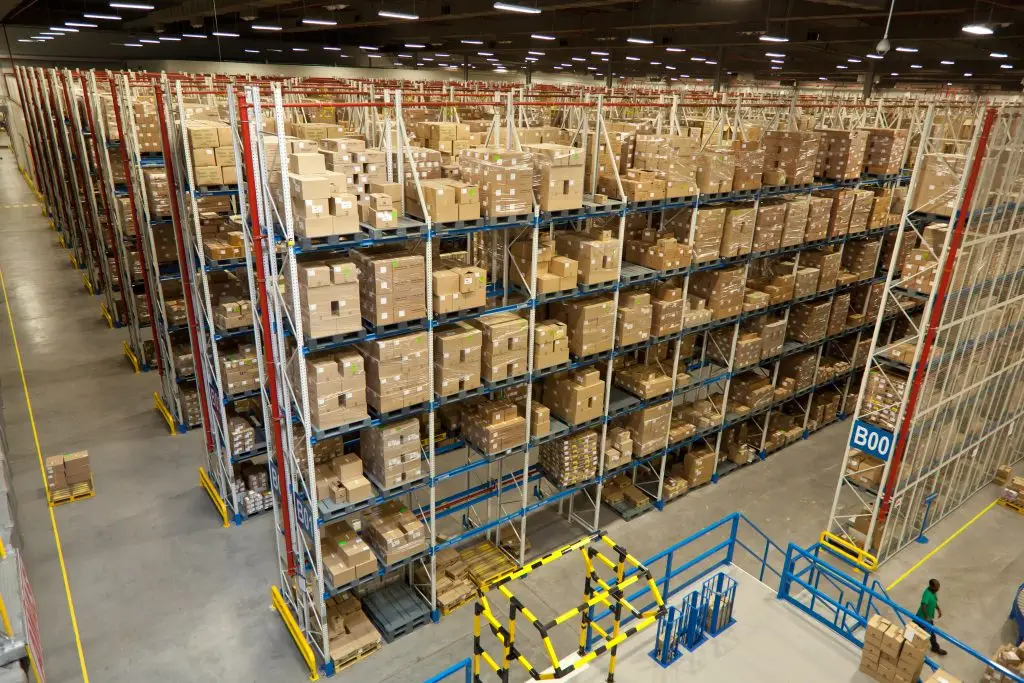In pharmaceutical manufacturing, supply chain planning is far more than logistics. It is a mission- critical function that ensures patients receive the treatments they need, when they need them. Unlike in other industries, pharma supply planners operate in a critical, highly regulated environment where even minor disruptions can have serious patient and financial consequences. To succeed, planners must balance compliance, long and uncertain lead times, supplier constraints, and the constant risk of shortages or write-offs. Below, we explore three priorities that define effective pharma supply planning and why platforms purpose built for life sciences, like SCmple, are essential.
1. Ensuring Supply Continuity Without Overstock or Waste
Why it matters: Supply interruptions in pharma can lead to treatment delays, lost revenue, or regulatory penalties. On the flip side, excess inventory can result in costly write-offs due to product expiry, especially for temperature-sensitive or short-shelf-life items.
The planner’s goal: Balance supply with volatile demand while managing safety stock, shelf-life, and service levels. This requires visibility into every stage of the supply network, from API sourcing and CDMO production to secondary packaging and distribution.
How SCmple helps: SCmple provides real-time visibility and demand supply alignment tools designed for pharmaceutical operations. Its automated planning logic and scenario capabilities help planners identify potential shortfalls early, optimize inventory across sites, and maintain consistent product availability without excess.
2. Managing Regulatory, Quality, and Serialization Constraints
Why it matters: Pharmaceutical supply chains must comply with GMP, DSCSA, and EU FMD regulations, requiring complete traceability from raw materials through finished goods. Each batch must be QA released, serialized, and managed according to shelf-life and change-control requirements.
The planner’s goal: Ensure that all regulatory and quality attributes, including batch genealogy, QA release timelines, shelf-life rules, and serialization status, are embedded directly into the planning process rather than handled as separate manual checks.
How SCmple helps: SCmple integrates compliance and quality parameters directly into the planning model, ensuring that every supply plan meets both operational and regulatory requirements. By combining planning with compliance by design, SCmple reduces release delays, supports audit readiness, and strengthens data integrity across partners.
3. Coordinating Long Lead Times and Complex Supply Networks
Why it matters: Pharma supply networks often span multiple contract manufacturers, packaging sites, and global suppliers with lead times measured in months. Component shortages, supplier quotas, and country-specific packaging can all threaten production schedules and launch timelines.
The planner’s goal: Anticipate constraints early and synchronize procurement, manufacturing, and distribution plans. Scenario planning and proactive risk analysis are critical for mitigating the impact of delays or supplier changes.
How SCmple helps: SCmple’s location-based planning, advanced campaign management, lead-time modeling, and supplier collaboration features enable planners to simulate “what if” scenarios, assess material readiness, and adjust plans dynamically. By unifying data across facilities, CDMOs and suppliers, SCmple gives planners the confidence to act before disruptions occur.
Pharma planners face an increasingly dynamic environment, one shaped by evolving regulations, global sourcing risks, and the growing role of AI in supply chain decision making. Generic tools or spreadsheets simply cannot keep pace. That’s why SCmple focuses exclusively on pharmaceutical supply planning, offering intuitive, compliant, and intelligent solutions that help planners reduce risk, automate routine decisions, and ensure the reliable, on-time delivery of life-saving therapies.
Want to see how SCmple can help your team plan with confidence?
Contact us for a demo or explore our features on SCmple.com


